Key takeaways
What do startups like Anki, Airware and Raden have in common?
Well, they were all:
- Backed by high profile inventors and capital venture firms
- Created by some of the brightest minds in the business
- Hyped by some of the most skilled marketeers in existence
And…all three companies are now dead.
It’s Friday the 13th and we’re marking the occasion with a list of 13 brilliant ideas and concepts that missed their mark despite having everything going for them. What can we say? Sometimes the dark side wins!
So hold on to your hats! ‘Cause we’re about to show you the scary side of innovation.
13 examples of innovation gone wrong.
1. On-demand delivery platform, Shyp (2013 – 2018)
The concept was simple: Users could snap a picture of the item they wanted to ship and then use the Shyp app to have it picked-up, packaged and dropped off at a delivery service or post office of their choice. All for a flat fee of $5.
It wasn’t long before this San Francisco Based startup raised $ 62 million in funding from various investors. They were able to expand their services to include New York and Chicago and update their app with new features like address-less shipping. They even struck a partnership deal with eBay and managed to keep a pretty solid reputation for delivering on what they promise.
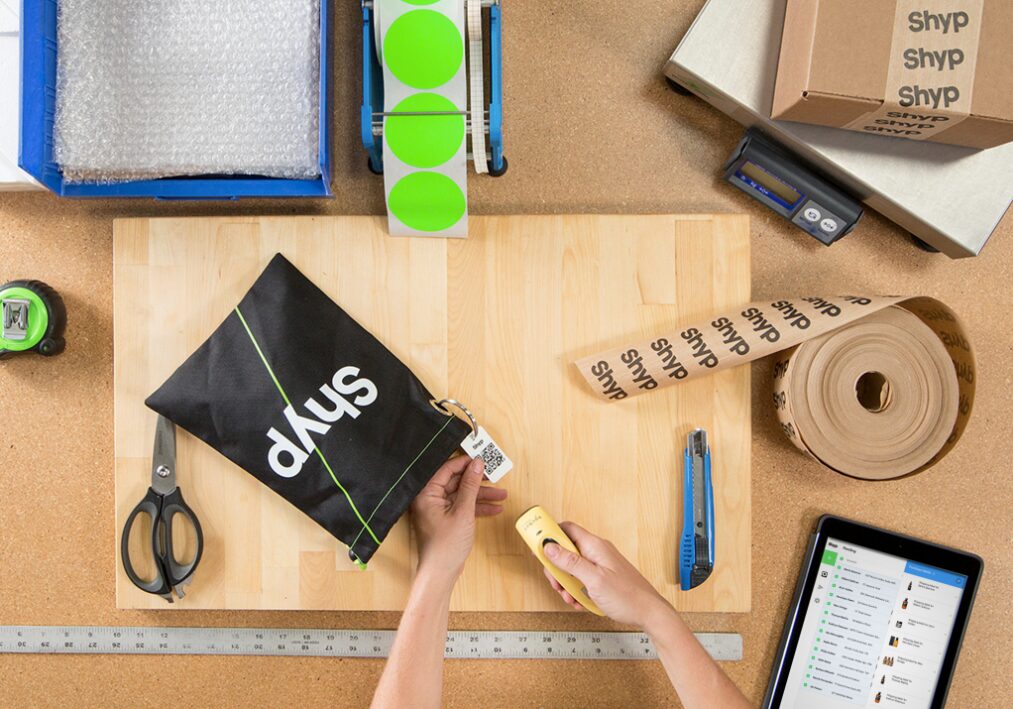
So what happened?
Eventually, consumer growth began to slow and Shyp was unable to sustain all the expansions.
The flat $5 fee for their services became challenging to sustain given how varied their customer’s packages were. They ended up having to hike up their prices for bigger packages which spawned a backlash with clients. Another pitfall was the audience they were targeting. Shyp users were mostly individuals, who shipped items sporadically and were therefore not the dependable clients needed to sustain a business. By the time founder Kevin Gibbon decided to slow down the growth and re-calibrate his business model, it was too late.
But not all is lost. Earlier this year, only a few months after shutting down, news began to surface that Shyp was preparing to open its doors once again, under new management. The startup tweeted:
Let’s hope the new Shyp has better luck this time!
2. Drone analytics provider, Airware (2011 – 2018)
Airware used commercial drone services to help companies improve their operational efficiency. Some of their target industries included mining, construction, and insurance, where they used drones to review equipment damage from an aerial perspective. This was a safe, practical and cheap alternative to more traditional options, like the use of helicopters and rigs that would often put human workers in danger.
In a nutshell, they helped companies digitize their information and turn aerial data into usable business intelligence.

So what happened?
The company is rumored to have spent exorbitant amounts of money developing its own equipment, under the belief that existing products were just not good enough. They were re-engineering everything from drones to processors to their own autopilot OS.
Founder Jonathan Downey eventually decided to change tactics and focus more on software development, because there was just no way to compete with the cheaper alternatives being produced in China. Unfortunately, the change came too late and the funds had already run out. The company ceased operations in September of 2018.
On the upside, Airware’s Redbird analytics software will live on, thanks to a buyout from Delair. The French drone services company even took along the 26 employees who ran the technology and proudly announced the addition on their website earlier this year.
There’s always a silver lining, even on Friday the 13th.
3. Smart Suitcases, Raden (2015 – 2018)
In 2015, Josh Udashkin decided that it was time to disrupt the luggage industry. That was the start of Raden, a technology startup that made and sold a line of smart luggage. Raden’s luggage was unique because it had an integrated battery that could be used for tracking and for charging your phone or tablet.
Within just a few months, and after an enthusiastic endorsement by Oprah, Raden had completely sold-out its entire inventory of 19,000 suitcases. Retailers from all over the world were back-ordering and there was a waitlist of over 7000 people waiting to own a Raden suitcase. Early projections showed the company would reach $ 10 million in sales by the following year, and the sky was the limit.
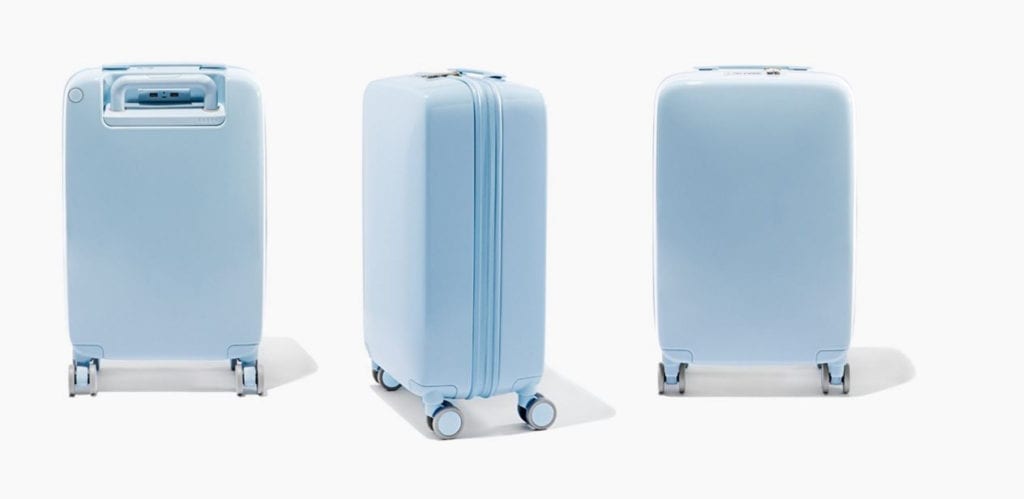
So what happened?
After the initial product boom, Raden found itself in a situation where it was cash-rich, but inventory-poor. This meant that much of the money raised until that point went into meeting the outstanding demand. By 2017, the company was operating on a bare-bones budget.
It was around this time that competitors like Bluesmart and Away began to really make their presence felt, and there was an increased urgency to invest in advertising.
The real trouble started when the airlines put a ban on lithium batteries that could not be removed from their devices. This happened following various incidents with hoverboards and other lithium battery-powered devices starting fires during flights. Despite the fact that Raden suitcases had removable batteries, interest for the product seemed to dwindle as the months passed.
In the end, the combination of unfavorable government regulations, decreasing funds, and aggressive competition proved too much for this young startup and they went out of business in 2018.
Talk about bad luck!
4. Galaxy Note 7, by Samsung (2016)
We all remember this one, it was all over the news and social media. The phones just kept on overheating and randomly bursting into flames. Eventually, they were even banned from flights and ended up having to be recalled from the market at a cost of $5.3 billion.

So what happened?
According to Samsung, there were errors in the phone’s design and manufacturing that affected the batteries. Since then, the South Korean company has developed an eight-point battery check to ensure the safety of future devices.
5. Automation Software Platform, Primary Data (2013 – 2018)
After the successful launch of Fusion-io (a flash storage company) co-founders David Flynn and Rick White decided it was time to move on to their next big project, which ended up being Primary Data.
Their goal was to create the world’s first enterprise metadata storage engine. The software would use machine-learning techniques to improve data management. Something that no other company was able to offer.
After raising an impressive $ 50 million from various venture capital firms including Lightspeed Venture Partners, Accel Partners, Cedar Fund and Battery Ventures, the duo quickly put the money to work. They assembled a development team and even managed to bring in Steve Wozniak as their chief scientist.

So what happened?
Still working towards perfecting their software, Primary Data grew too large, had too many developers and too many managers (with offices in Israel, California and ongoing projects in India). Spending had become a serious issue.
That combined with a lack of market traction took a significant toll on finances. By 2018, the company had let go of all its employees in Israel and the US and stopped its operations.
6. Property Listings Platform, Aiwu Jiwu (2014 – 2019)
In 2014, Aiwu Jiwu was considered the fastest growing “startup unicorn” in its industry. They called themselves property agents for the internet age and offered online real-estate management and financing services.
By 2015 they were leading the Shanghai rental market and by 2017 their value rose to $ 1 billion.
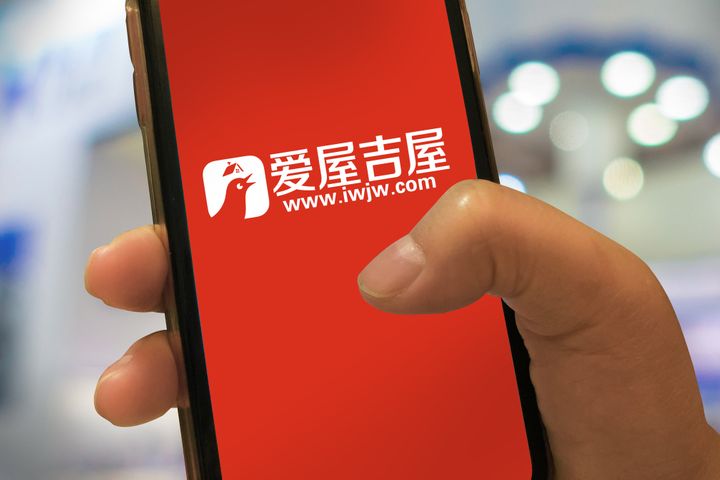
So what happened?
Despite its peak performance in 2017, Aiwu Jiwu’s market share had already begun to dwindle in 2016 when an increased number of competitors emerged. The company started to have financial difficulties which caused them to miss payments and downsize employee commissions.
In an attempt to regain market share, Aiwu Jiwu started investing heavily in advertising, a strategy that had worked well for them in the past. Sadly, these efforts did not yield the desired return.
Although the online model had worked well for them in the past, Aiwu Jiwu eventually ended up losing business to competitors who tended to clients both online and offline. This also kept them from building a personal bond within the community, which many competing companies took advantage of. By January 2019, they were completely out of business.
On Friday the 13th, not even unicorns are safe!
7. Google Glass, by Google (2015)
There was more than a little buzz surrounding Google Glass, even before its 2014 launch to the public. Just one look at the introduction demo featuring skydivers soaring through the skies was enough to get anyone excited!
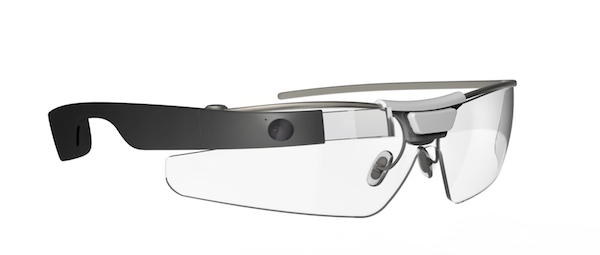
So what happened?
First, there was the price tag, which was quite hefty at $1500 per headset.
Glass also made it quite easy for users to record everyday activities in public spaces, unnoticed by anyone. This raised some serious questions about privacy and caused some bars, theatres, and restaurants to ban it outright.
The issues around price and privacy lead to a consumer backlash that kept Glass from going mainstream. The product was discontinued in 2015.
8. Robotics Startup, Anki (2013 – 2019)
This San Francisco based startup began with a long-term plan to evolve from specializing in AI robotic toys to the creation of higher-level robots. The new generation of robots would “look alive”, have natural looking imperfections and move around as humans do. The eventual goal was to use them as companions, maids, security guards, etc. The whole concept was very sci-fi and exciting!
Their latest product, Vector was a “home robot” that boasted what Anki called emotional intelligence, showing excitement about new stimuli like sound, light, and interaction and showing “sadness” in the absence of it.
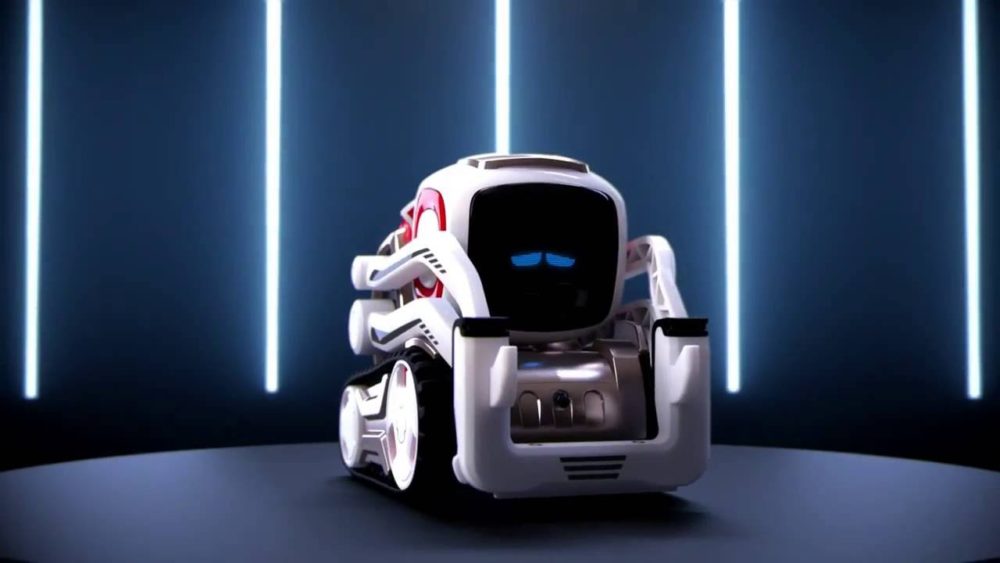
So what happened?
As advanced as it was, the Vector wasn’t really meeting the ambitious goals the company had set for itself years earlier.
According to CEO Boris Sofman, their latest fundraising efforts did not go as planned and they were no longer able to support their hardware and software business.
Another pitfall was that Anki robots, while novel, did not really function as anything other than toys. One or maybe two is probably enough for the average consumer. That puts a bit of a downer on any chances for repeat business.
The company ended up auctioning off its assets and shutting down in June of 2019.
9. The Galaxy Foldable Phone, by Samsung (2019)
In April of this year, Samsung launched its highly anticipated Galaxy Fold. This newest generation in the Galaxy line was unique because it transforms from a phone to a tablet, offering users a screen larger than 18 cm.
Two of the phone’s most notable features include:
App Continuity – enables users to open an app on the phone-mode and seamlessly continue using it on tablet-mode.
Multi-Active Window – allows users to run three different apps on the same screen at once.
These, along with other novel features, made the Galaxy Fold a sure-fire hit on the market.
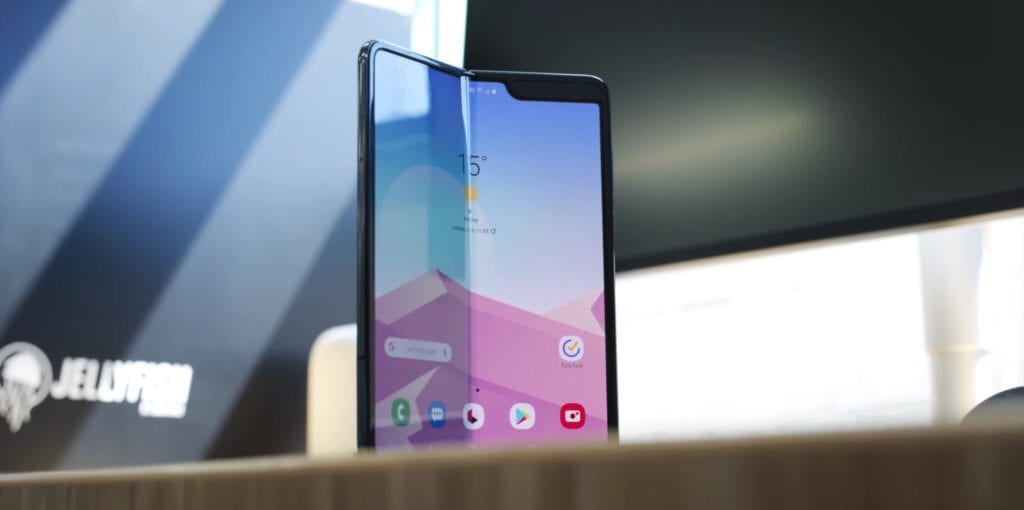
So what happened?
Soon after the first reviews came out, it became clear that the Galaxy Fold wasn’t going to be the success we all expected. For one thing, when the device was folded, it became thick and cumbersome to carry (like carrying 2 phones at once). There were additional reviewer complaints about the folded version of the screen being too small for viewing and impractical for typing anything other than quick texts.
Beyond that, the inside screen had a plastic film protector that looked and felt removable but would damage the screen when peeled off. The device was just too fragile for the price of almost $ 2000.
Samsung ended up delaying its launch for the end of September, but it won’t be a novelty anymore. The Huawei Mate X, Oppo Foldable, and Motorola RAZR are all scheduled to launch in late-2019.
10. Unicorn Frappuccino, by Starbucks (2017)
The unicorn frappuccino was a temporary offering by Starbucks in April 2017. The pink and blue powdered sugar, along with the unicorn theme, quickly made it popular among consumers and it ended up going viral on social media platforms. But it wasn’t all good news.

So what happened?
The hashtag #Baristaproblems soon started flooding in with short videos that illustrated how difficult it was to make the drink, leading to a general backlash against Starbucks. There were also many complaints from customers who thought the drink did not taste as good as it looked.
The buzz was so big that it had comedians like Jimmy Kimmel and Stephen Colbert commenting, the latter calling it “a sugary affront to god”.
Talk about the wrong kind of publicity!
11. Electric Motorcycles, Alta Motors (2007 – 2018)
Since 2007, this California-based startup has been working to bring quality motorbikes to enthusiasts within the American market. The Redshift, their first electric motorcycle, was already on backorder when it debuted in 2016.
According to co-founder and CEO Mark Fenigstein, it was the popularity of Tesla that really sparked consumer demand for an electric motorcycle, helping to propel Alta Motors to new heights of success.
The company’s electric bikes were extremely well received by users even despite the absence of a clutch lever and gear shifter. They even participated and won a few motocross events legitimizing themselves in the market.

So what happened?
Although 2018 was a good year in terms of sales, it was not without its troubles. For one thing, the company had to issue a recall notice for some of their Redshift models due to faulty throttle controls.
They also decided to drop the price on some of their motorcycles, a move that dipped into their profits and was not sustainable in the long-term. By late 2018 the company was forced to close its doors due to significant financial troubles.
Many Alta Motors fans hoped that the company would be bought-out and continue to produce its great bikes, but it was not to be. Instead, their assets were bought by Canadian manufacturer Bombardier Recreational Products (BRP) in 2018.
12. ALLO, by Google (2016 — 2018)
Allo is basically Google’s own version of Apple’s Messages or WhatsApp. It was a cloud-based service with features like Incognito mode, a self-destruct option for messages, and Smart Reply, which provided automated responses based on the context of the conversation.

So what happened?
Some of the biggest complaints among users included a lack of SMS support, the fact that Allo didn’t work on more than one device at a time, and that each account was tied to specific phone numbers and not a Google account.
The app was officially discontinued in March of 2019, but not before leaving behind a great legacy. Allo was one of the first places to introduce Google Assistant, an AI-powered virtual assistant that can engage in two-way conversations and answer any queries right on your device.
R.I.P. Allo.
13. Theranos (2003 – 2018)
This biotech startup’s claim to fame was built on the premise that they could deduce your health status based on a tiny blood sample. They used a device called the Edison, which could run 200 tests in one sitting, and screen for various infectious diseases like HIV and Syphilis.
Founder Elizabeth Holmes raised over $ 700 million in funds promising investors that she would disrupt and innovate the way we look at blood testing and healthcare.
Valued at $ 1 billion, Therano’s was considered a Silicon Valley “unicorn” and investors were convinced that it had the potential to change the world.

So what happened?
In October of 2015, the Wall Street Journal published a devastating article describing Theranos as a fraud, with faulty technology that delivered unreliable results. What’s worse, CEO Elizabeth Holmes was accused of knowingly faking the results, putting actual lives at risk.
Since that year, Theranos began a downward spiral where they stopped hitting key development milestones and accumulated quite a bit of dept.
The company ended up closing its doors in 2018 with an extremely tarnished reputation some heavy lawsuits on its hands. Talk about bad blood!
What can we learn from these failed innovations?
In the end, any meaningful growth or innovation will entail at least some amount of risk. If you have a big idea, don’t shy away from it because you’re afraid of the consequences.
In Silicon Valley the motto is “fail fast, fail often” because they understand the importance of trial and error (i.e. if you don’t try, then you don’t succeed). It’s not about getting comfortable with the idea of failing, it’s about seeing each failure as part of the groundwork for that NEXT BIG WIN.
The first step to failing fast is to bring your customers into the design process as early as possible. Once you have your MVP figured out, it’s pretty much gone time to start your validation process.
That way, any shortcomings or product flaws will be identified straight away, before the stakes get too big.
Avoid your latest innovative venture becoming a failure by validating with real customers first.
50+ Lean Validation Experiments
Test ideas faster, validate smarter, and de-risk ventures at every stage with these real-world, battle-tested experiments.









